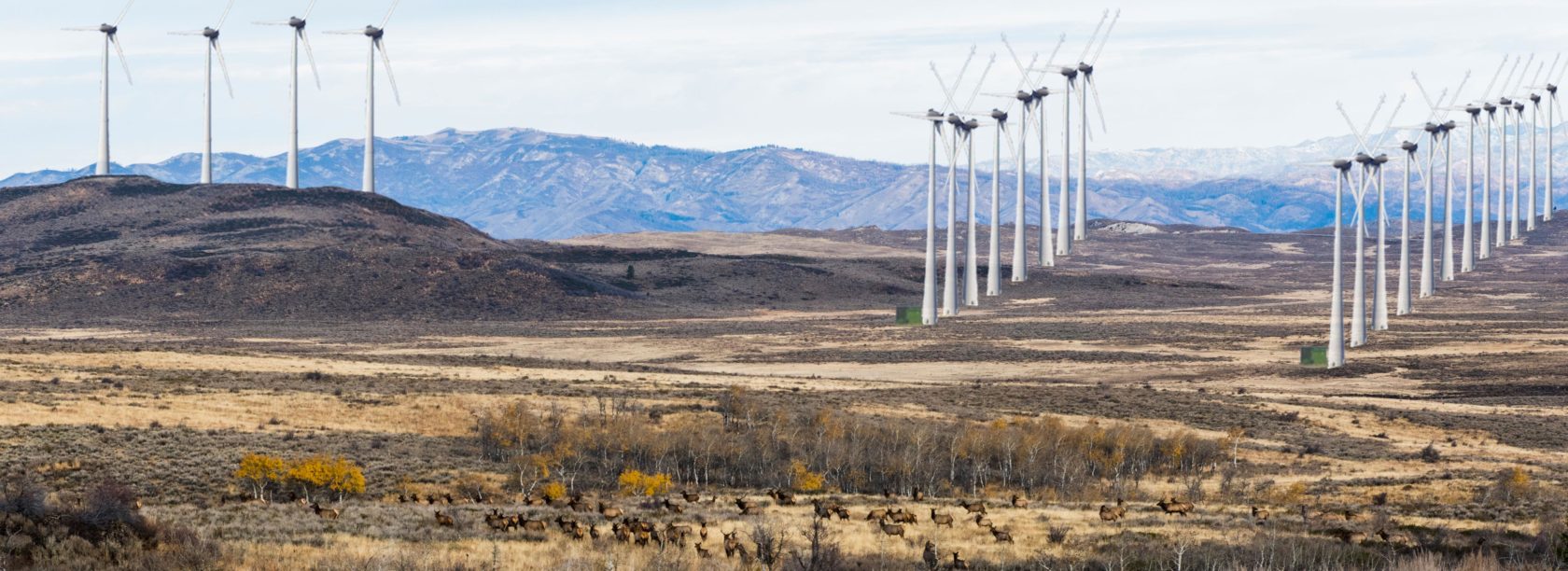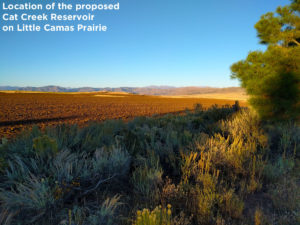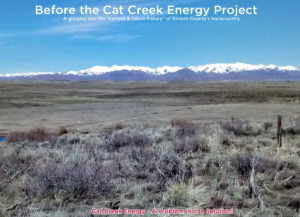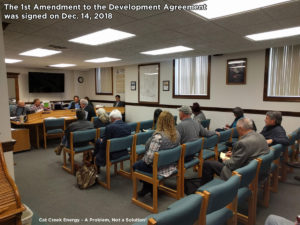
The segment of Highway 20 that Roger Brooks, an international tourism expert called “one of the best drives in Idaho” could easily become the next wind turbine corridor in the state.
That segment of highway Rogers Brooks was referring to, runs from just north of Mountain Home to Camas Prairie and into our mountain communities of Pine and Featherville.
Cat Creek Energy already has plans to put up forty, 500+ foot tall wind turbines along Cat Creek Summit and partially down the Pine-Featherville Road. We also know that Cat Creek is having troubles getting federal approval for the Pumped Storage Hydroelectric project on the bluffs above and interconnected with Anderson Ranch Reservoir. The developers have stated many times in the past that all three portions of their mega-energy project need to be approved to make it financially viable. If Cat Creek cannot get state or federal approval for the hydroelectric portion, they will likely have to make up for the megawatt shortage by putting up additional wind turbines along Highway 20.
Wind Power Friendly California Rebels Against New Turbines
According to an article on the Daily Wire website (https://www.dailywire.com/news/44146/b-b-climate-change-california-county-kills-plans-paul-bois), the San Bernardino County Board of Supervisors voted to ban the construction of large solar and wind farms on more than 1 million acres of private land.
“Local residents say that solar and wind farms destroy areas like Dagget, Joshua Tree and Lucerne Valley by turning the landscape into eyesores. Sara Fairchild, a resident of Pioneertown, has been working to have California Highway 247 turned into a designated state scenic highway to boost the local economy; she says that would all fall apart in the face of a mega solar farm.”
The local San Bernardino government listened to residents when they asked for a moratorium on new wind and solar farms in the rural parts of the county. Basically, the people said why grow wind and solar farms when we can grow a more profitable tourism industry that won’t destroy the scenery.
What they actually said was basically the same thing opponents to the Cat Creek Energy project are saying.
These vast open areas are precious for their natural, historical and recreational qualities. But they are fragile, and no amount of mitigation can counter the damage that industrial-scale renewable energy projects would cause,” Fairchild told the supervisors. “Once destroyed, these landscapes can never be brought back.”
The big difference between the California mega-energy project locations and the planned Cat Creek Energy location is our Elmore County, Idaho location contains verified wildlife migration corridors, the “threatened” bull trout and no need for the energy Cat Creek says they want to generate.
Spread the Word / Tell the Elected Official We Don’t Want CCE
The Elmore County Commissioners tentatively approved the Cat Creek Energy project even after their own planning and zoning commission said “no way.”
If you are opposed to the Cat Creek Energy project, take action today.
Contact Elmore County Commissioners Corbus, Wootan and Hofer at:
https://elmorecounty.org/contact/
or
- Bud Corbus – Phone: (208) 587-2129 ext. 505 Phone: (208)599-1294
- Wes Wootan – Phone: (208) 587-2129 ext. 505 Phone: (208)599-3131
- Al Hofer – Phone: (208)587-2129 ext. 505 Phone: (208) 599-1620
and/or
Mail Address:
BOCC
150 South 4th East
Mountain Home, ID 83647
In addition, you might consider sharing this post with friends, family, and co-workers.







